Entry Category: Events
Cassville, Missouri, to Huntsville and Yellville, Scout from
 Casualties List
Casualties List
Chalk Bluff, Skirmish at (May 1–2, 1863)
Chalk Bluff, Skirmish at (May 15, 1862)
Cherokee Bay, Skirmish at
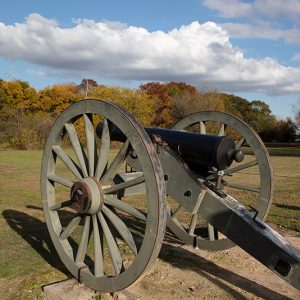 Civil War Cannon
Civil War Cannon
Civil War Timeline
Civil War Veterans’ Reunions
Clarendon Expedition (August 4–17, 1862)
Clarendon Expedition (October 16–17, 1864)
Clarendon, Skirmish at (June 26, 1864)
Clarksville, Affair at
Clarksville, Skirmishes at
Cleburne County Draft War
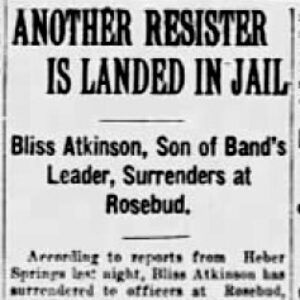 Cleburne County Draft War Article
Cleburne County Draft War Article
Colbert Raid
Cotton Plant, Affairs at
Craighead and Lawrence Counties, Scout in
Crooked Creek, Skirmish at
Cross Hollow, Skirmish at
Cross-Roads, Skirmish at
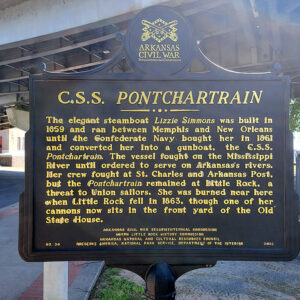 CSS Pontchartrain Marker
CSS Pontchartrain Marker
Cypress Creek, Skirmish at (December 1, 1864)
Cypress Creek, Skirmish at (May 13, 1864)
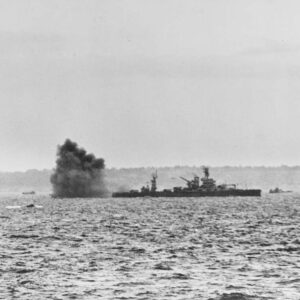 D-Day Support
D-Day Support
Dardanelle and Ivey’s Ford, Actions at
Dardanelle, Capture of
Dardanelle, Skirmish at (August 30, 1864)
Dardanelle, Skirmish at (September 12, 1863)
Des Arc and DeValls Bluff, Capture of
aka: Capture of DeValls Bluff and Des Arc
Des Arc and Peach Orchard Gap, Skirmishes at
Des Arc Bayou Expedition
aka: Searcy Expedition
aka: West Point Expedition
Des Arc Bayou, Action at
Desert Storm
aka: Gulf War
aka: First Gulf War
aka: Desert Shield
aka: Persian Gulf War
aka: Operation Desert Storm
DeValls Bluff to Augusta, Scout from
DeValls Bluff to Searcy and Clinton, Scout from
DeValls Bluff to Strickland’s, Scout from
DeValls Bluff to West Point, Scout from
DeValls Bluff, Affair at (December 13, 1864)
DeValls Bluff, Affair at (May 22, 1864)
DeValls Bluff, Affair near (November 2, 1864)
aka: Affair at Hazen's Farm
DeValls Bluff, Skirmish at (December 1, 1863)
DeValls Bluff, Skirmish near (August 11, 1864)
Devil’s Backbone, Action at
aka: Action at Backbone Mountain
aka: Action at Jenny Lind
Dudley Lake, Skirmish near
aka: Scout from Brownsville (December 15–18, 1864)
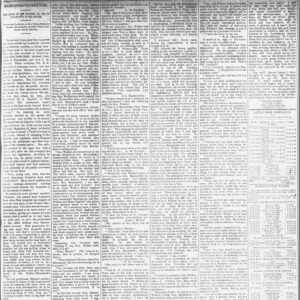 Duel Story
Duel Story
Elkhorn to Berryville, Scout from
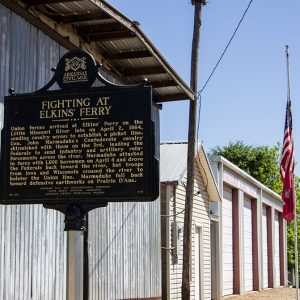 Elkin's (or Elkins') Ferry Sign
Elkin's (or Elkins') Ferry Sign




